10. Slawomir Idziak (Poland)

This is a Polish director of photography and teacher in film schools in London, Berlin and Copenhagen.
In his career that began in 1980, he shot over 40 films. He has worked with many famous directors like Krysztof Zanussi, Krzysztof Kieślowski, Ridley Scott, John Sayles, Michael Winterbottom and John Duigan.
He has shot Kieślowski’s early films like “A Short Film About Killing”, “Double Life of Veronique” and maybe the best part of Kieślowski’s trilogy, “Three Colors: Blue”. For Zanussi he filmed 14 films. His last film was “A Tale of Love and Darkness” in 2015, directed by actress Natalie Portman. In 2007 he filmed one more Hollywood film, the fifth part of Harry Potter franchise, “Harry Potter and the Order of Phoenix”.
In 2002, he was nominated for an Oscar for Ridley Scott’s film “Black Hawk Down”. In his 40-year-old career, he was nominated for and won many important film awards, including a BAFTA nomination for the same film. The Berlin International Film Festival awarded him with Special Mention for his haunting images in film “I Want You” in 1998.
He also won the Camerimage Lifetime Achievement Award in 2013, and a Special Camerimage Award in the Art of Cinematography. He was nominated for a Golden Frog at the same festival four times (for “Black Hawk Down”, “The Last September”, “I Want You” and “Lilian’s Story”). The Venice Film Festival gave him the Golden Osella for Best Cinematography for the film “Three Colors: Blue” in 1993.
Currently, he works on the “Film Spring Open” website, an international filmmakers community, which gives many opportunities to the participants. They can share their equipment and ideas, work together and support each other.
9. Javier Aguirresarobe (Spain)
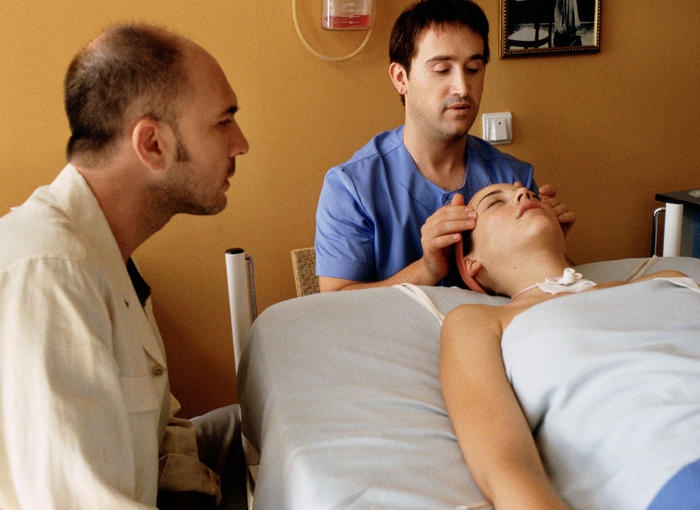
Javier is a 68-year-old cinematographer, born in Spain, who graduated from film school in Madrid. He is impressed with classical paintings of Goya, Velazquez and Jose de Ribera (especially with his “The Piety”). He loves the photography work of Irving Penn, Richard Avedon, Peter Lindberg and J. Sieff, and his cinematography role models are Néstor Almendros, Conrad Hall, Kaminski and Emmanuel Lubezki.
Aguirresarobe worked with many famous directors, such as Pedro Almodóvar, Miloš Forman and Woody Allen.
His known films are: “Poltergeist” (a remake of Spielberg’s film from 1982), and the wonderfully colored and sunny “Vicky Cristina Barcelona” and “Blue Jasmine”, both directed by Woody Allen. He also filmed two parts of the “Twilight” saga in 2010 and 2011, Almodóvar’s “Talk to Her” (2002), Alejandro Amenábar’s horror film “The Others” (2001) and many others.
In 2010, Aguirresarobe was nominated for the BAFTA award for Best Cinematography for adventure-drama “The Road”. The Berlin International Film Festival awarded him with the Silver Berlin Bear in 1992 for Outstanding Artistic Achievement in the film “Baltenbros” (aka “Prince of Shadows”), for filmic quality. At Camerimage in 2004, he was nominated for a Golden Frog for Alejandro Amenábar’s drama “The Sea Inside”.
The European Film Awards nominated him two times for Best Cinematography, in 2004 for “The Sea Inside” and in 2000 for “Talk to Her”. He was also nominated five times for the Goya Award and won the Goya for “Mejor Fotografia” (Best Cinematography) six times.
8. Mikhail Krichman (Russia)
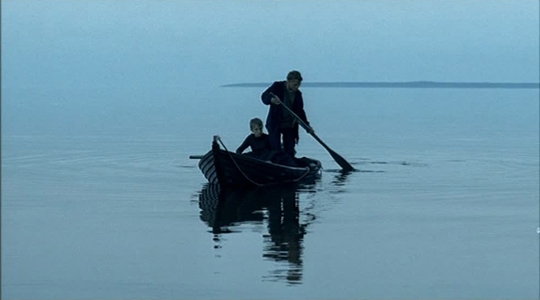
Krichman is an excellent Russian cinematographer who learned cinematography by reading “American Cinematographer” magazine. Currently, Krichman is one of the most creative directors of photography. He often improvises, and uses unusual solutions and similarity.
He was nominated for his cinematography work at many prestigious festivals like Camerimage, where he won the Golden Frog in main competition in 2014 for the film “Leviathan”, and the Silver Frog for “Silent Souls” in 2010. He was nominated for “The Return” at Camerimage in 2003 as well. At the Venice Film Festival in 2010, he won the Golden Osella for Outstanding Technical Contribution for the film “Silent Souls”.
Krichman filmed all the films of Russian director Andrey Zvyagintsev and the best films of both of them are borne from this collaboration.
Bluish, beautifully incorporated color palettes, often shooting at dusk, calm camera movements and harmonical frame compositions are just some of Krichman’s advantages that make him a real cinematography genius.
7. Giorgos Arvanitis (Greece)

Giorgos is a 75-year-old Greek cinematographer who worked with a number of excellent filmmakers, including his favorite companion Theo Angelopoulos, the Dardenne brothers, Goran Paskaljević, Amos Gitai and others.
He started his career as a second camera assistant and now he is a director of photography and a member of the French Association of Cinematographers. He has shot every film by Angelopoulos, except for the trilogy: “Dust of Time”, “The Weeping Meadows” and “The Other Sea”.
This great director of photography won numerous awards in his career. He was nominated two times for the Golden Frog at Camerimage in 1998 and in 1995 for the films “Eternity and a Day” and “Ulysses’ Gaze”, both directed by Angelopoulos.
The European Film Awards nominated him for the Best European Cinematographer in 1989 for the film “Landscape in the Mist”, directed by Angelopoulos. At the Thessaloniki Film Festival he won the Greek Competition Award for Best Cinematography eight times. At the Venice Film Festival he won the Golden Osella for Jean-Jacques Andrien’s film “Australia”.
6. Janusz Kaminski (Poland)
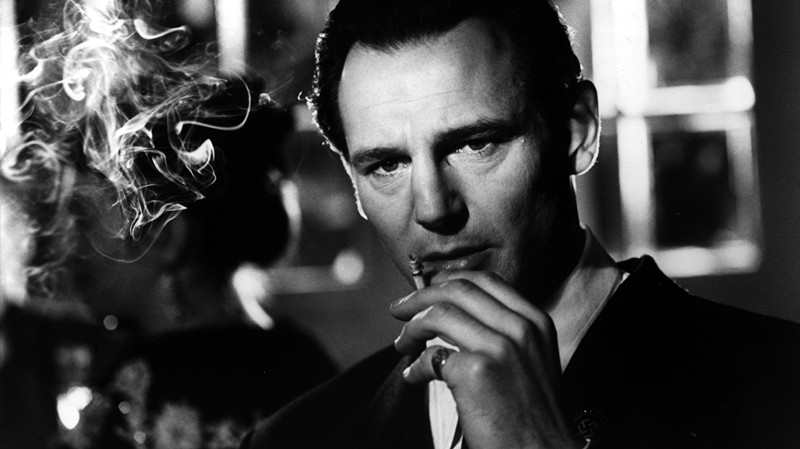
Janusz Kaminski is internationally recognized cinematographer and one of the greatest directors of photography of all time. He is known for his work with Hollywood director Steven Spielberg. At this time they are filming two films: “Ready Player One” (2018) and “The BFG” (2016, for Disney), both sci-fi and fantasy films. Also, this duo announced the fifth part of the “Indiana Jones” series.
This year he was nominated by American Society of Cinematographers and the BAFTAs for “Bridge of Spies”. He was nominated six times for an Academy Award (“Lincoln”, “War Horse”, “Le Scaphandre et le Papillon” and “Amistad”) and won it twice, first in 1994 for “Schindler’s List” and in 1999 for “Saving Private Ryan”. He was also nominated for the ASC Award many times and he won the BSC Award, the Camerimage Award and the Vulcain Prize for technical artist at the Cannes Film Festival in 2007.
In 1991 he shot his first film “Cool as Ice” and later began working with Spielberg in 1993.
His work is characterized by wit and diversity. For example, he figured out he can use old lenses to make grainy, scratched, blurry realistic scenes. Maybe we are accustomed to war scenes when he is working with Spielberg, but he when he worked with American director Julian Schnabel, they made the absolutely aesthetic harmonious motion picture “The Diving Bell and the Butterfly” (aka “Le Scaphandre et le Papillon”).
5. Robby Muller (Netherlands)
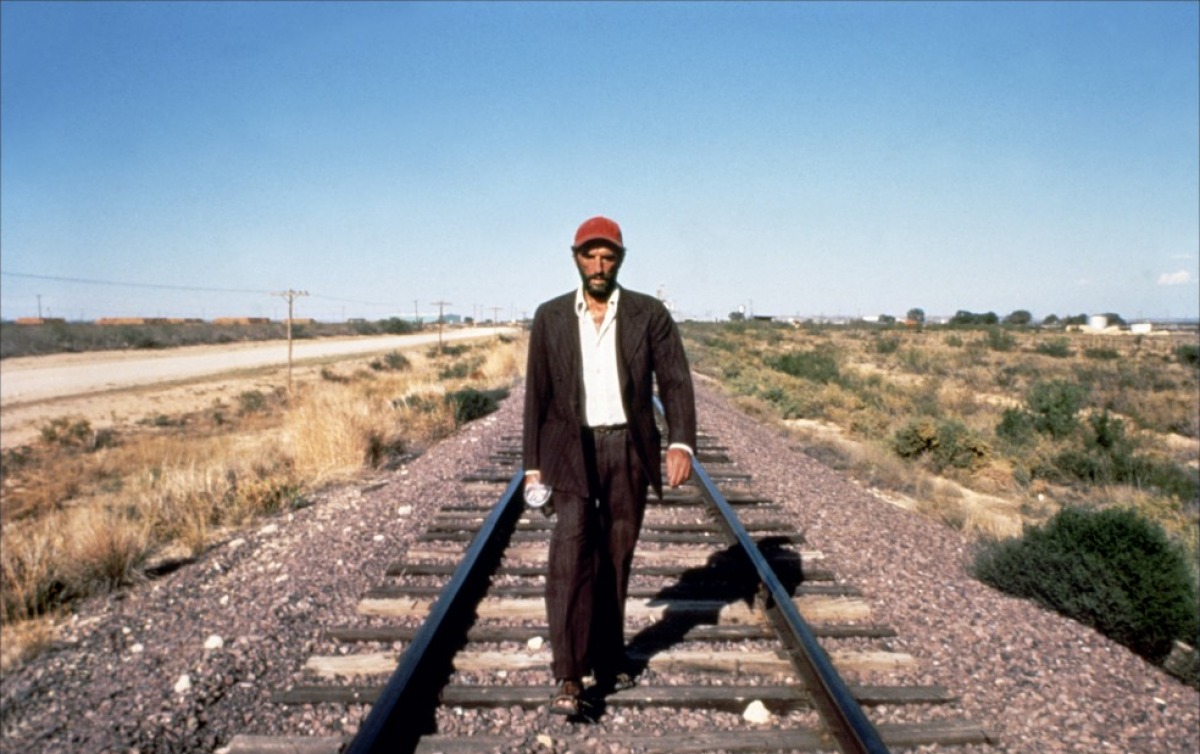
Muller is the best-known Dutch cinematographer, who is most often associated with German director Wim Wenders, but he also worked with other famous directors like Jim Jarmusch, Peter Bogdanovich and Lars von Trier.
In 2003, the American Society of Cinematographers gave Muller an international award for his work.
The quality of his work is reflected in the diversity of films he’s shot. He traveled a lot and tried himself in different styles and genres.
Robby Muller’s most notable films are: “Paris, Texas”, “Breaking the Waves”, “Dead Man”, “Dancer in the Dark” and “Ghost Dog: The Way of The Samurai”.
4. Roger Deakins (UK)
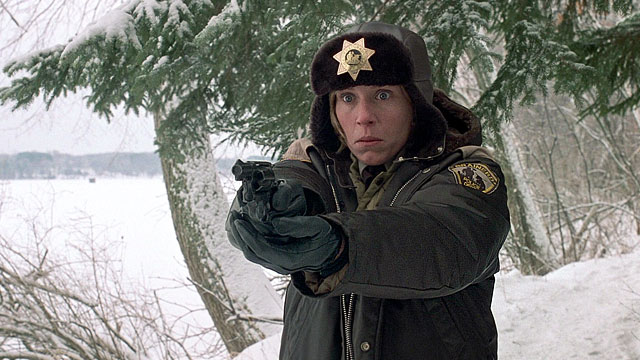
Roger Deakins is an English cinematographer, and member of British Society of Cinematographers (BSC) and American Society of Cinematographers (ASC), which gave him a Lifetime Achievement Award in 2011 for “Skyfall” (2012), “The Man Who Wasn’t There” (2001) and “The Shawshank Redemption” (1994).
Since the Academy Awards in February this year, Deakins is the record holder with 13 nominations and no Oscars for cinematography, the first person after George J. Folsey, ASC (1898-1988). He was also awarded by Australian Cinematographers Society (ACS), BSC, the Camerimage Festival, and many others.
He is currently working on “Blade Runner Project” (2018), directed by Denis Villeneuve. His last film was in collaboration with the Coen brothers, the comedy “Hail, Caesar!” (2016), which is now in theaters.
Deakins mostly works with the Coen brothers, Sam Mendes, and recently he started a collaboration with Canadian director Denis Villeneuve, whose film “Sicario” (2015) gave Deakins a chance for an Oscar this year.
His cinematography style is very simple, neat and modest, and that’s the reason why he is so valued by his colleagues and by the audience.
His best films are “1984” (1984), “Sid & Nancy” (1986), “Barton Fink” (1991), “The Shawshank Redemption” (1994), “Fargo” (1996), “Kundun” (1997), “O Brother Where Art Thou” (2000), “The Village” (2001), “Jarhead” (2005), “No Country for Old Men” (2007), “The Assassination of Jesse James by The Coward Robert Ford” (2007), and many others.
3. Michael Ballhaus (Germany)
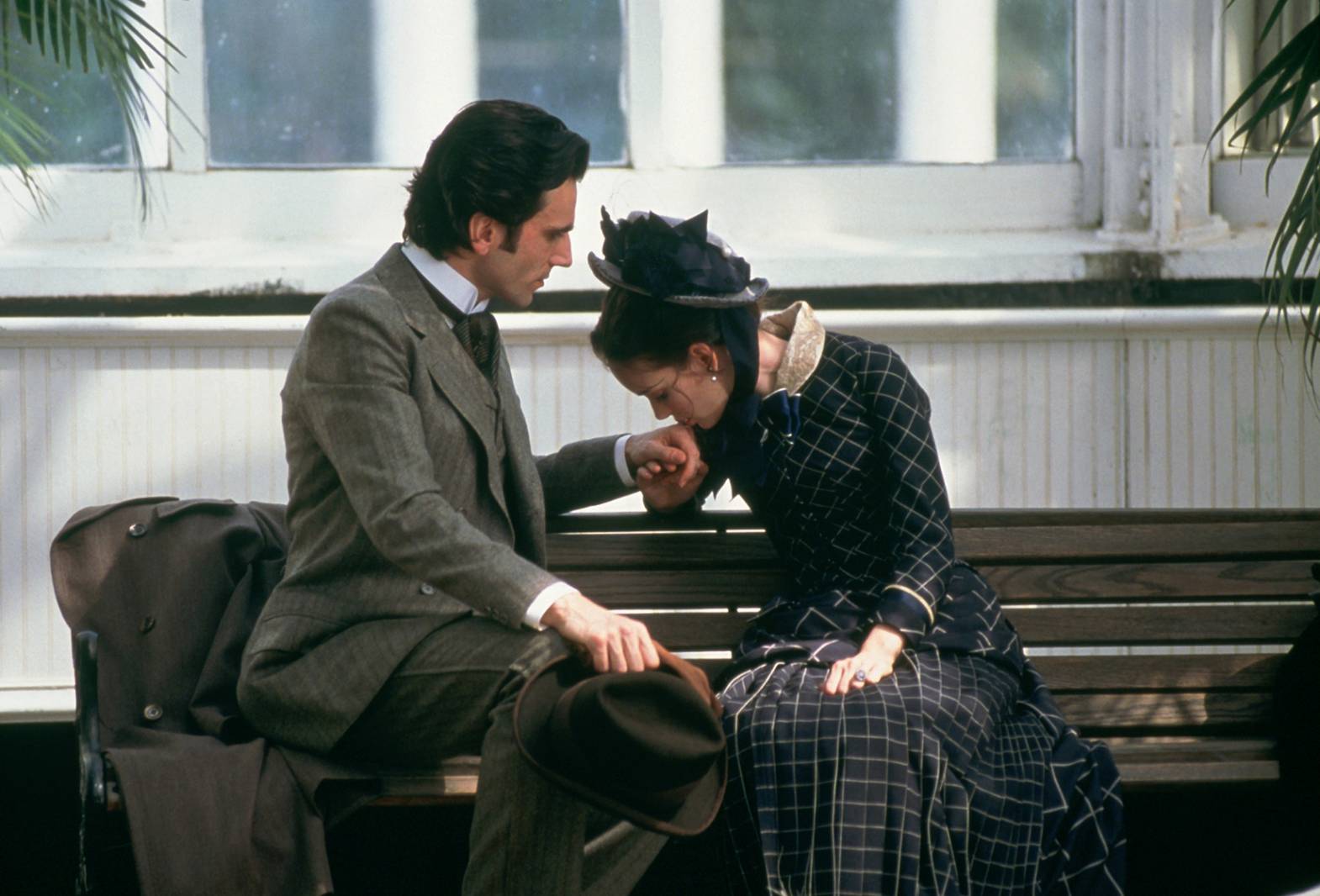
Ballhaus is a German cinematographer, born in 1935 in Berlin. He is a member of American Society of Cinematographers as well. Ballhaus came to prominence for his work on German New Cinema director Werner Fassbinder’s films.
Later, when he went to the US, he began making films with Martin Scorsese. He shot some of Scorsese’s most famous films, like “After Hours”, “The Last Temptation of Christ”, “Goodfellas”, “The Age of Innocence”, “Gangs of New York” and “The Departed”.
Ballhaus has been nominated three times for an Academy Award for Best Cinematography, for “Broadcast News” (1987), “The Fabulous Baker Boys” (1989) and “Gangs of New York” (2002), but he has never won.
He also worked with other famous directors like Francis Ford Coppola (on “Dracula”) and John Sayles (on “Baby It’s You”). He was nominated for a BAFTA award three times, he won an International ASC award, the Honorary Golden Berlin Bear this year and Berlinale Camera in 2006, the Lifetime Achievement on Camerimage in 2010, and British Society of Cinematographers has nominated him for their award in 1990 for his work on “Goodfellas”.
For 80 years of his life, Michael Ballhaus has filmed over 100 different films and the last one he shot in 2013.
2. Raoul Coutard (France)
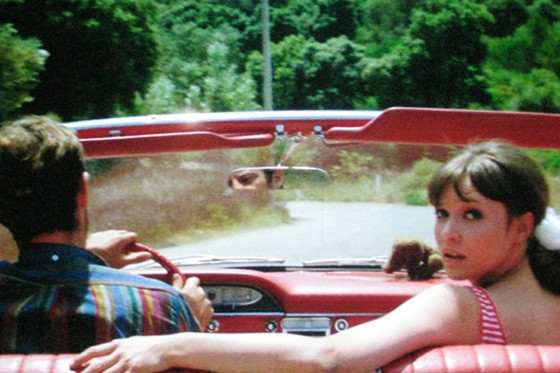
On September 16, 1924, France and the world in general got one of the greatest cinematographers of all time. He is now 91 years old and does not shoot films anymore. His last film was “Wald Innocence” from 2001, directed by French director Philippe Garrel.
Coutard is most often associated with French New Wave movement for his work with directors Jean-Luc Godard, François Truffaut and Jacques Demy.
In his half-century long career, he was nominated for and won some of the greatest awards in the cinema world, including nominations for the BAFTA award for Best British Cinematography (B/W) for the film “The Sailor from Gibraltar” in 1968, the International ASC award in 1997, the Golden Camera 300 for Lifetime Achievement at the Brothers Manaki International Film Festival in Macedonia in 2003, the Cannes Technical Grand Prize in 1982 for “Passion”, the Cesar award, the Venice Technical Prize and many others.
He shot over 75 films during his career, and some of the most popular are “Breathless” (1960), “Jules and Jim” (1962), “Z” (1969) and “Pierrot le Fou” (1965).
According to the principles of the Nouvelle Vague epoch, he photographed films in a very interesting way during that period. Scenes were filmed naturalistically, with natural light, a handheld camera, and a lot of improvisation. Scenes were set up on the street among the people with few props, dialogues and actions were sometimes improvised, and you could even hear the director’s or clapper’s voice in some finished films in theaters.
Although this great filmmaker ended his career as a cinematographer, respect for his work and engagement still exist.
1. Vittorio Storaro (Italy)
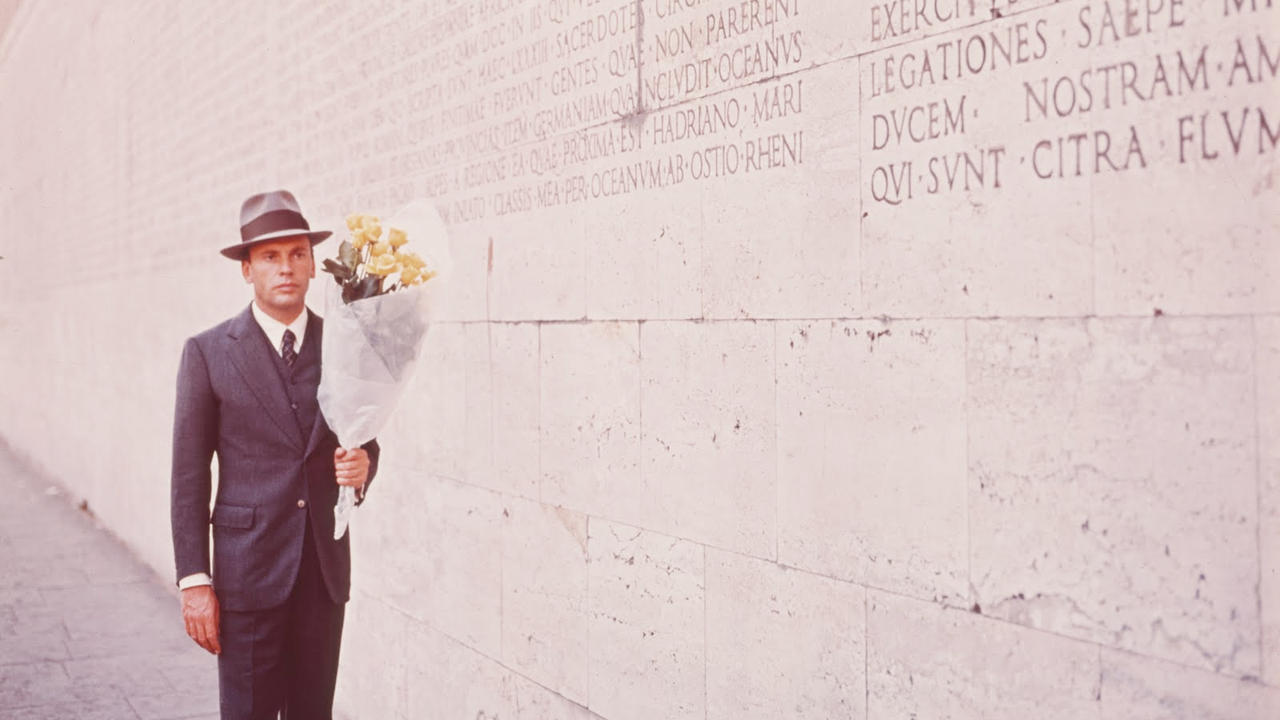
Storaro is certainly one of the greatest cinematographers of all time. He is a member of the American and Italian Society of Cinematographers (ASC and AIC).
He worked with many famous directors like Bernardo Bertolucci, and they made some masterpieces, including “Last Tango in Paris”, “The Last Emperor”, “The Conformist” and more. With Francis Ford Coppola he filmed “Apocalypse Now”, and with Warren Beatty, Vittorio made “Dick Tracy” and “Reds”.
With all three directors, he won one Oscar for cinematography (“The Last Emperor” , “Apocalypse Now” and “Reds”), and became one of three living persons with three cinematography Oscars, together with Robert Richardson and Emmanuel Lubezki (this year’s winner).
His style is inspired by art of the painters Cimabue, Caravaggio, Vermeer and Piero della Francesca. He had studied Goethe’s “Theory of Colors” to enter to the subconscious of the audience and to see how frame composition and color selection influences the viewers. He has a perfect sense for camera movements, he often uses pastel colors, and he also avoids zoom lenses. The biggest influence in his career was Japanese director of photography Kazuo Miyagawa (Akira Kurosawa’s cinematographer), he said.
His best films are “The Last Emperor”, “Apocalypse Now”, “Dick Tracy”, “The Sheltering Sky”, “The Last Tango in Paris”, “The Conformist”, and “Caravaggio”.
Author Bio: Mladen Teofilovic is a photographer and film lover from Serbia who wants to become a cinematographer. You can follow his work on instagram: teofilovic_mladzo or flickr: mladenteofilovic.